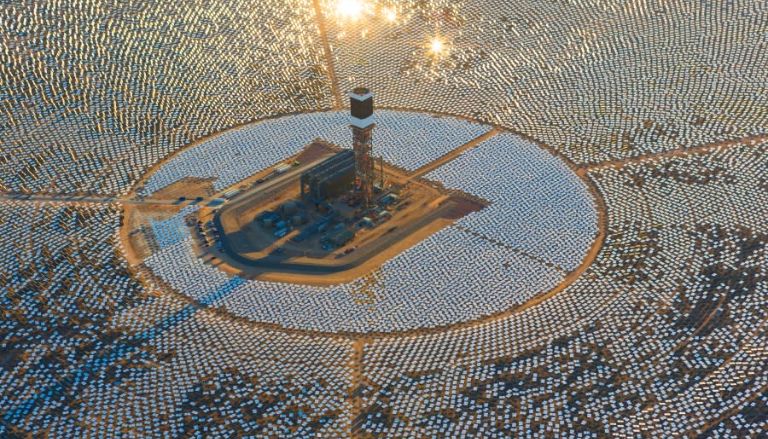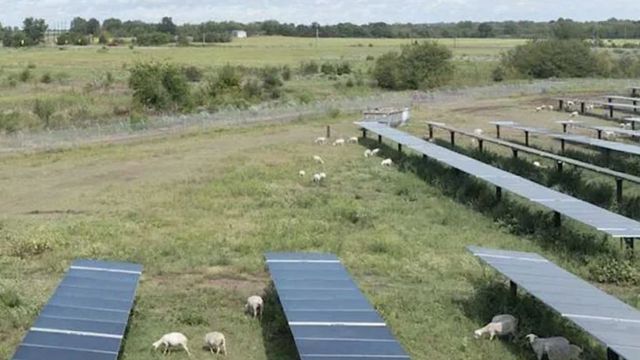Las Vegas — The historic Ivanpah solar energy plant on Interstate 15 at the Nevada-California border has outlived its usefulness, having been replaced with more efficient technology that produces power at a lower cost.
According to plant management, two of the three units of the Ivanpah Solar Generating Station are now set to shut down in 2026 in order to save money for California ratepayers.
Solar Partners verified that PG&E, one of the leading utility companies in the United States, is terminating two 15-year-old long-term buy power agreements. Initially, the agreements did not expire until 2039, but the plant’s owners gave PG&E the option to cancel purchases from Units 1 and 3. That got through on January 14th.
Ivanpah is a “concentrating solar power project” that employs mirrors to direct sunlight onto a tower, where it heats water and produces steam, which turns a turbine to generate electricity. According to a PG&E press release, Ivanpah is one example of how the company is revising agreements to save money.
According to a 2016 Los Angeles Times article, 6,000 birds perish annually “from collisions or immolation while chasing flying insects around the facility’s three 40-story towers.” Workers at the Ivanpah plant refer to the spectacle as “streamers.”
Bechtel created the project, which was once estimated to cost $2.2 billion and would be the world’s largest solar farm when completed. The project, located 40 miles southwest of Las Vegas, makes use of 170,000 mirrors known as “heliostats.”
For almost a decade, travelers on I-15 have marveled at the project. It went into production in 2014, offering a futuristic peek of the upcoming energy revolution. Photovoltaic panels are now a much more efficient technique to collect solar energy. Panels at NV Energy’s Dry Lake Solar project northeast of Las Vegas also capture sunlight reflected off the ground, capturing energy from both sides.
The Crescent Dunes Solar Energy Project near Tonopah follows a similar idea, but it employs molten salt that becomes hot enough to boil water at night. It started manufacturing in 2015.

Solar Partners, which owns the Ivanpah plant, includes NRG Energy, Google, and Kelvin Energy. NRG, the plant operator, stated that Unit 2 is contracted to Southern California Edison and is not affected by this month’s agreement.
“Once deactivated the units will be decommissioned, providing an opportunity for the site to potentially be repurposed for renewable PV (photovoltaic) energy production,” according to a blog maintained by NRG.






Leave a Comment